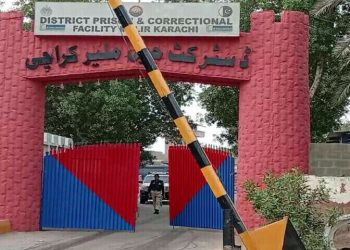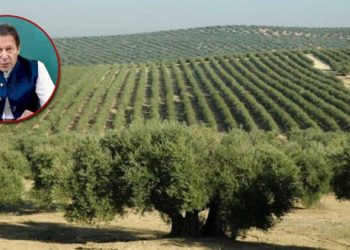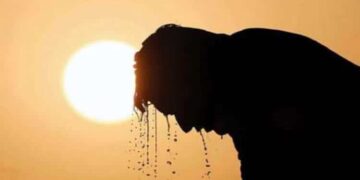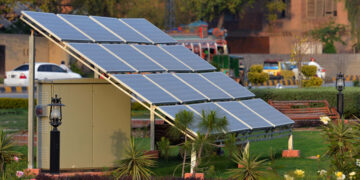Nowruz marks the first day of spring and is commemorated on the day of the astronomical vernal equinox, which usually takes place on 20 March. It is celebrated as the beginning of the New Year by more than 300 million people across the globe and has been celebrated for over 3,000 years in the Balkans, the Middle East, the Black Sea Basin, Central Asia, the Caucasus, and other parts of the world.
Significance of Nowruz
The importance of the event is that it marks the arrival of spring and the renewal of nature. The ceremonies practiced on the day of Nowruz are a combination of the traditions of both Eastern and Western civilizations. Nowruz brings people together and upholds peace between different nations in the world.
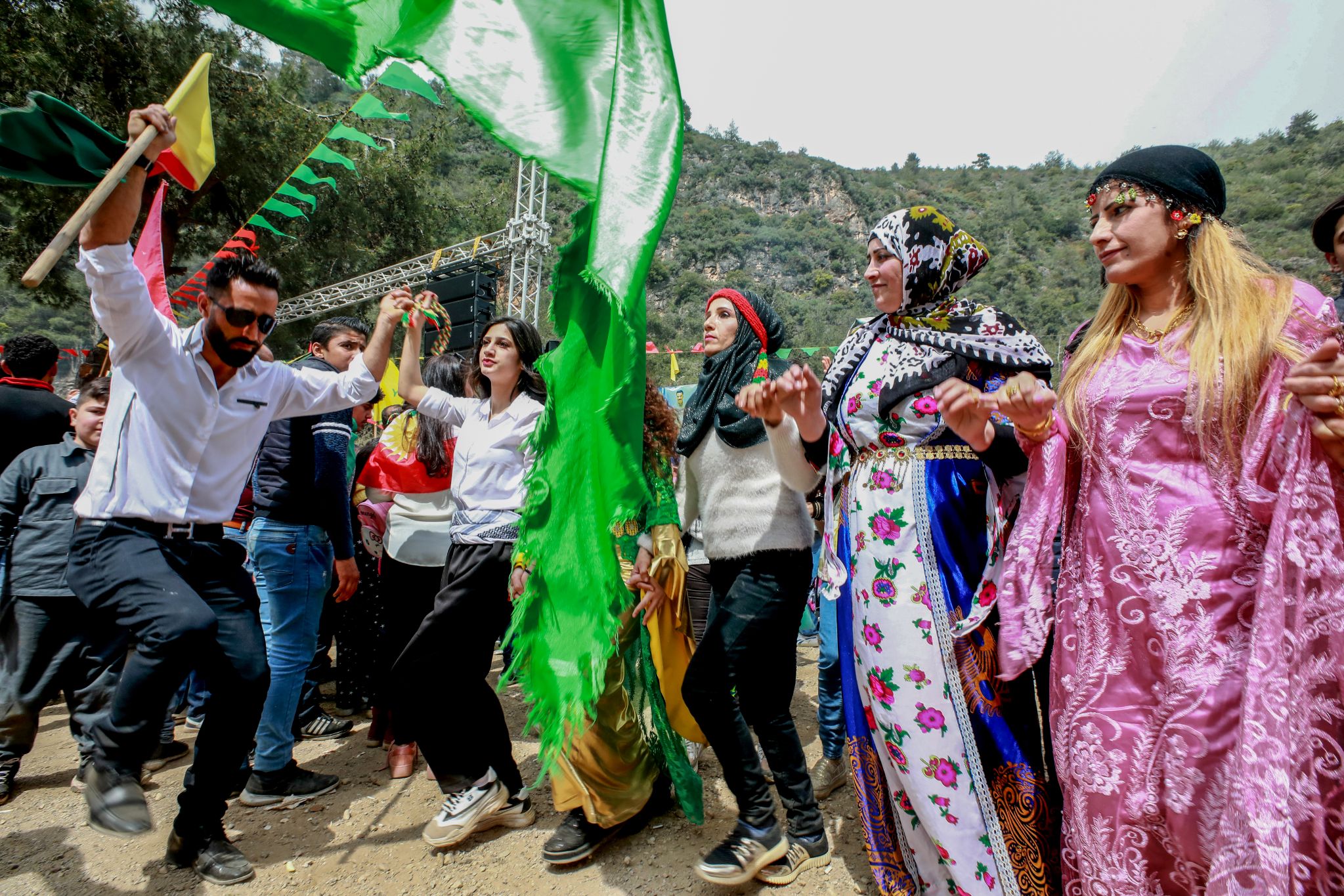 Nowruz celebration
Nowruz celebration
The most essential part of the Nowruz festivity is having Haft Seen (Seven S). A table is set up with seven items whose names start with the letter ‘s.’ The customs may vary depending on the region, although, most people celebrate the festival by setting up this table of food items.
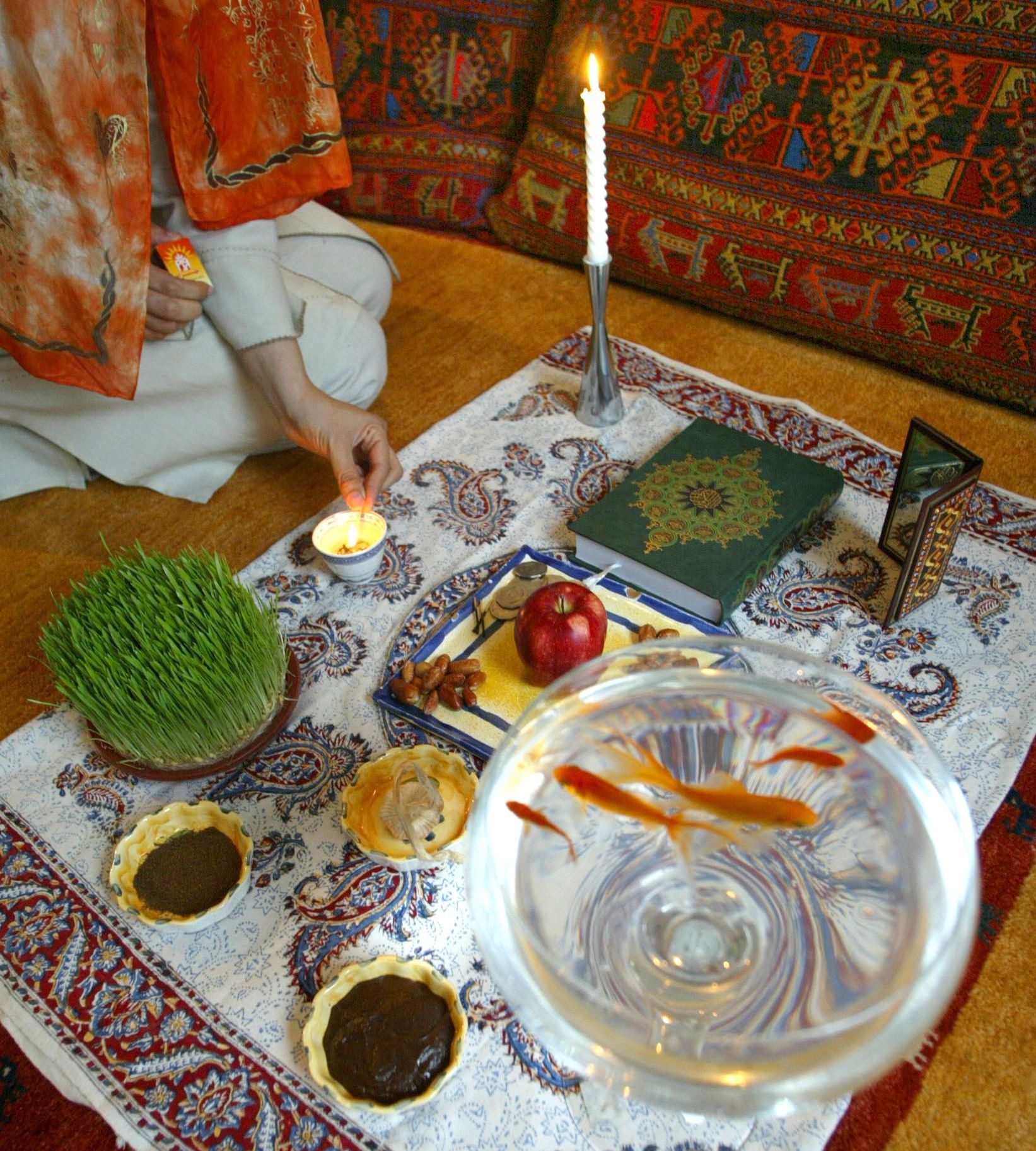 International Nowruz Day
International Nowruz Day
Keeping the significance of this event, the United Nations marks 21 March as the International Nowruz Day. in 2009, the festival was included in the ‘Representative List of the Intangible Cultural Heritage of Humanity’ and the occasion has been celebrated since 2010. Even though Nowruz can fall on the day between 19 March to 22 March International Nowruz Day is celebrated on 21 March.
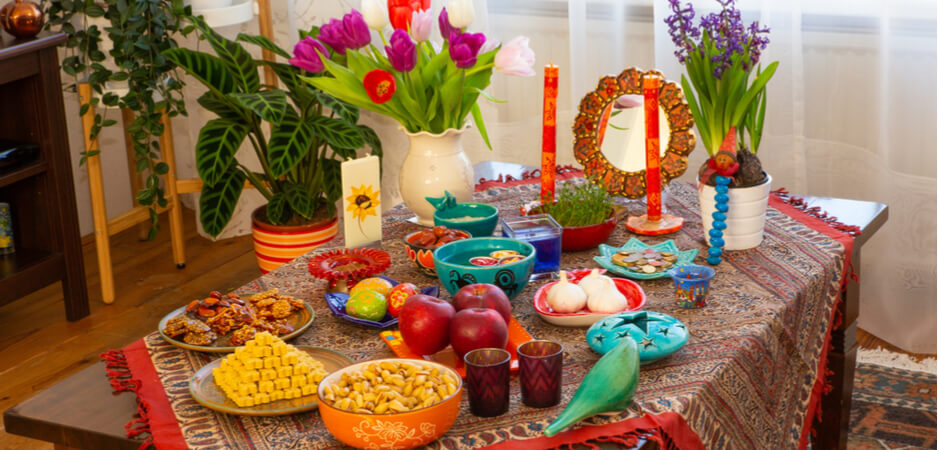 How do you prepare for Nowruz?
How do you prepare for Nowruz?
While specific rituals vary from country to country, as dissimilar cultures add their own elements, the central objective is the same: a celebration of spring and a time for renewal of nature.
Traditionally in Afghanistan and Iran, Nowruz is celebrated for 13 days, while regular Nowruz celebrations are held in Afghanistan, beginning with the official announcement of Mazar-e-Sharif.
In addition to Afghanistan and Iran, Nowruz is celebrated in Iraq, Kazakhstan, Kyrgyzstan, Azerbaijan, India, Tajikistan, Uzbekistan, Turkmenistan and Turkey. The tradition of celebrating Nowruz is also common in some northern areas including Hunza and Ghizer in Gilgit.
On the day, people congratulate each other, prayers and social events are organized. Prayers are also offered for the solution of personal problems development and security of the country. Invitations are also given to each other in homes.
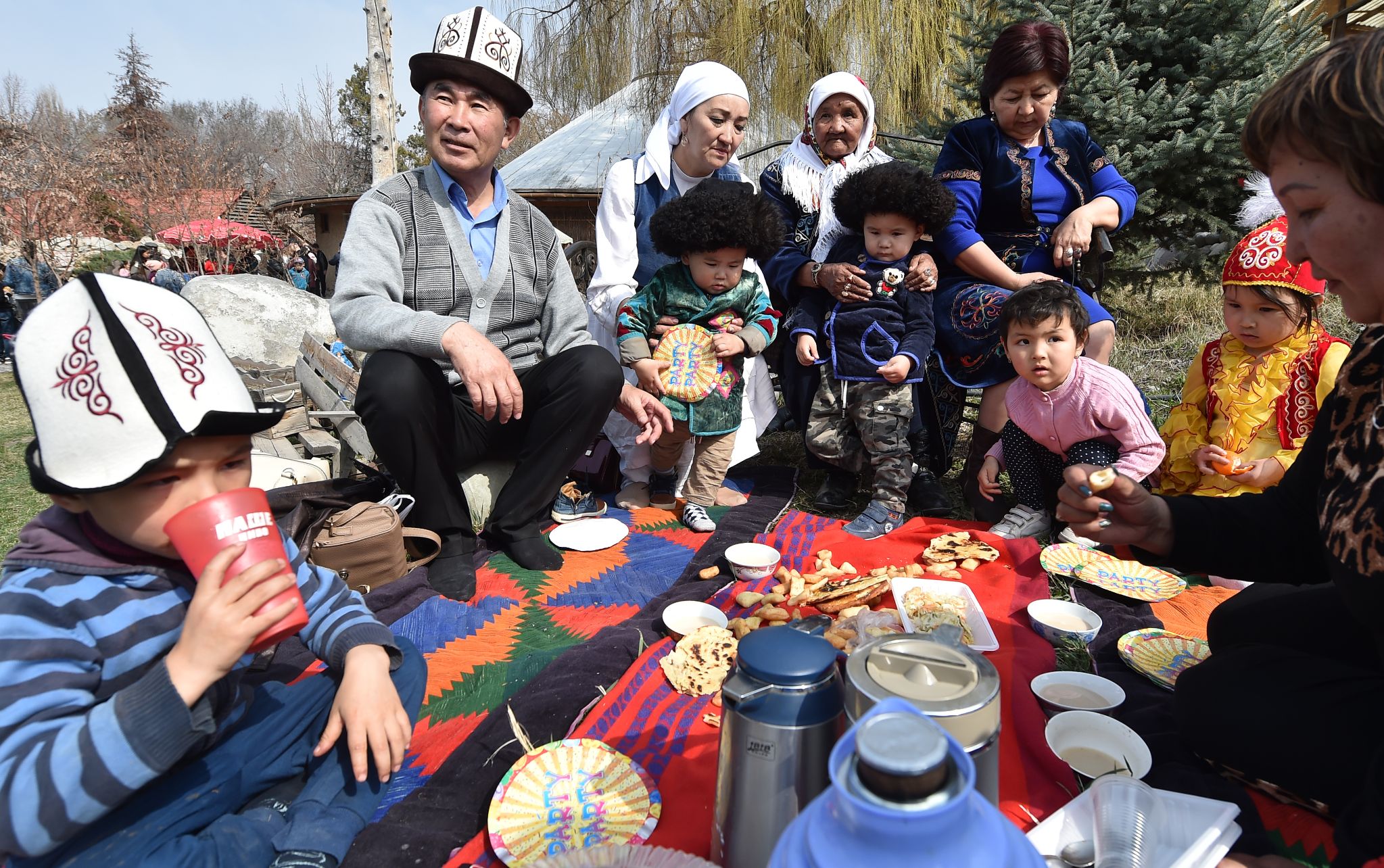
What food do people eat for Nowruz?
Usually, families gather at the home of their oldest family member on the first day of Nowruz.
The traditional New Year meal includes sabzi polo Mahi (rice mixed with herbs and served with white fish); ash reshteh (a thick green soup with noodles, chickpeas and beans); and kuku sabzi (vegetable frittata).
Pastries include baghlava, toot (mulberry); naan-nokhodchi (chickpea cookies with pistachio); and ajeel (dried berries and raisins).
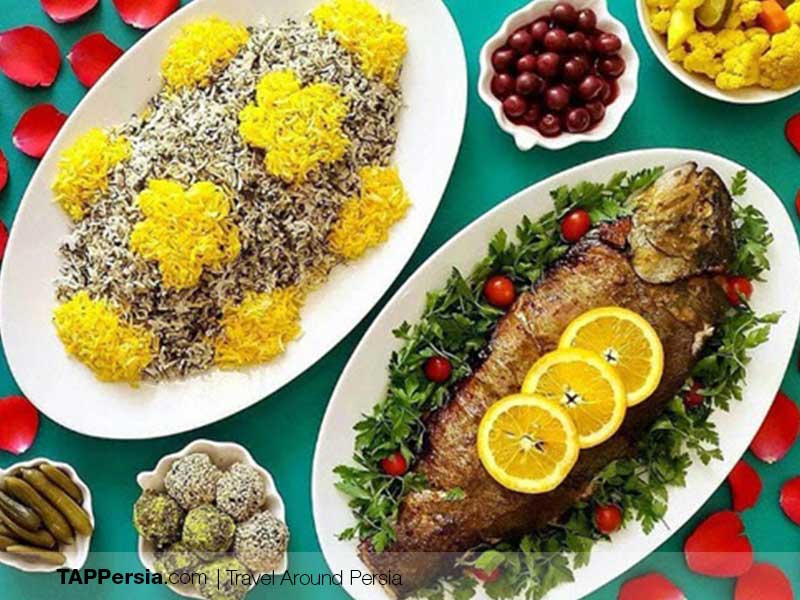 Nowruz-A symbol of unity among peace lovers
Nowruz-A symbol of unity among peace lovers
The event is the most beautiful celebration of nature that promises hope and greenness by revolving winter into spring. The event usually considered a symbol of unity among all peace-loving and justice-seeking people.
The Nowruz, which falls on the spring equinox, has been celebrated in different parts of the world as a national occasion of great festivity. Through the event conveyed a message of all good things including justice and love for all mankind.
The concurrence of the beginning of the spring and the arrival of Nowruz reminds one of the truths that after all dimness, oppression, and suffering, there will be ultimate brightness and righteousness.
Nowruz is the sign of moderation, warmness, peace, light, abundance and liveliness that Allah grants humankind; a moderation whose basis is in the changes in nature, religious beliefs and merciful Islamic laws.
Today’s humanity requires hope more than ever, by which love, kindness, and closeness have value and the communities need to cooperate rather than brazen out because civilizations can rely on hope and peace to confront the misunderstandings of religion and extremism which outcomes in terrorism.











